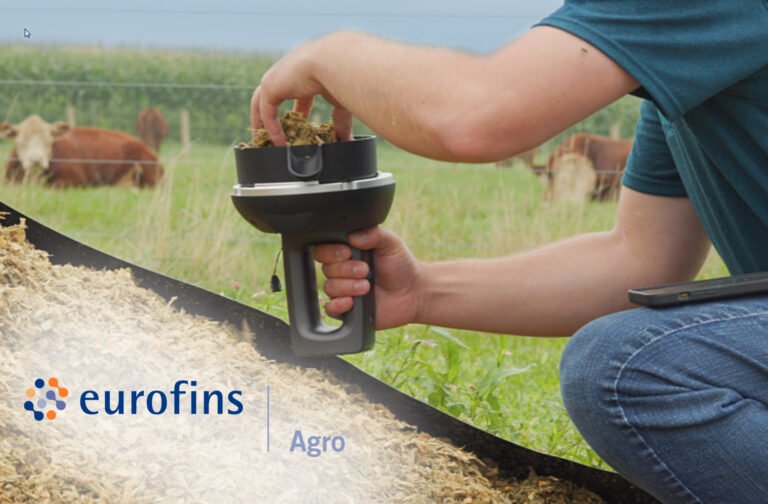The test will provide insights into the levels of carbon storage in fields, which supports the reduction of CO2 in the atmosphere
To mark World Soil Day (December 5), Eurofins Agro Testing has announced the launch of Soil Carbon Check as part of Soil Health Solutions, a new suite of testing solutions that will support the agricultural sector to transition to more sustainable farming practices. The Soil Carbon Check test will provide insights into the levels of carbon storage in fields, which supports the reduction of CO2 in the atmosphere. Through targeted soil management, farmers and growers can sequester increased levels of carbon and contribute to climate protection. Data garnered through the Soil Carbon Check test reports can be used to support sustainability claims and carbon credits, as proof of sustainable farming and as credentials for other partners in the agri-food chain.
The ‘4 per 1,000’ initiative launched at the UN Climate Change Conference in Paris in 2015 (COP21) aims to boost carbon storage in agricultural soils by 0.4% each year to help mitigate climate change and increase food security. The amount of carbon that is stored in soil is as much as three times the amount of carbon sequestered by above-ground biomass (trees or other plants and crops). Increasing the amount of carbon stored in the soil will contribute to the reduction of global warming; the more CO2 stored in the soil as organic carbon, the less CO2 that is released into the atmosphere.
Soil Carbon Check provides customers with information on how much carbon is sequestered in their soil, how stable their soil carbon is and how it can be improved, and tracks how the carbon content of soil changes over time. In addition to Soil Carbon Check, the suite of tests offered by Soil Health Solutions provide insights into physical soil health (supporting the efficient use of water), potential contaminants in soil, biological soil health (to determine the biodiversity status of soil and effective actions to regenerate it) and chemical soil health (to prevent yield gaps and improve food quality).

